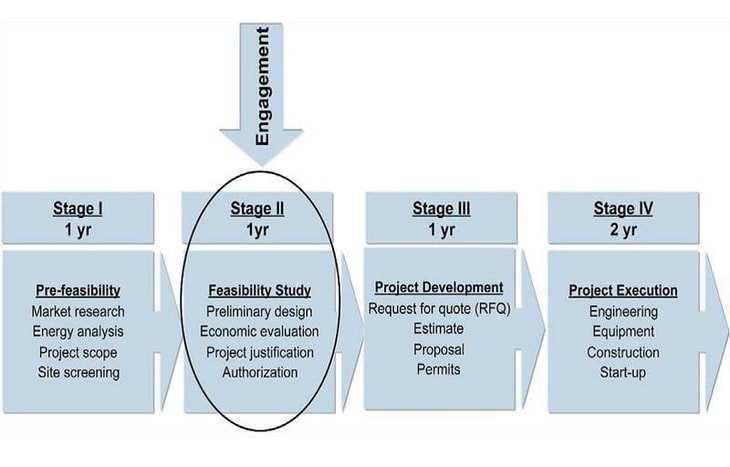The separation of air into its simplest components is practiced on an industrial scale using cryogenic distillation in addition to adsorption and membranes. The inputs to an air separation unit (ASU) are air, electrical power, and cooling water. The outputs are oxygen (O2), nitrogen (N2), argon (Ar), and rare gases such as xenon, krypton, and neon (Xe, Kr, and Ne).
While these outputs are fairly elementary, their production processes are extremely complex. This highly specialized technology entails expertise from a variety of disciplines including: chemical, mechanical, and electrical engineering; highly sophisticated process design; advanced equipment fabrication; and careful project execution. In this report, we look at how to make an informed decision about cryogenic air separation technology. Selecting the best solution requires detailed dialog and analysis to identify the best overall solution.
Cyrogenic air separation technology is over 100 years old and is still being improved in terms of efficiency, cost, and reliability. It was first practiced at a commercial scale in 1902 by Carl von Linde in Munich, Germany. The first ASU was only ~0.1 tons per day (tpd) in capacity, manually operated, and produced only gaseous oxygen.
... to continue reading you must be subscribed







